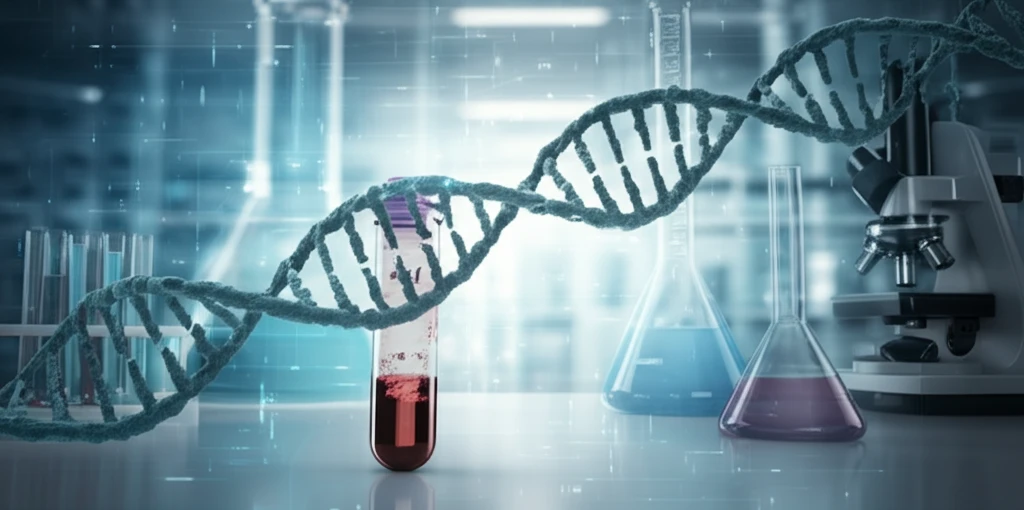
Second Life for Cytology Samples: How Repurposing Old Specimens is Revolutionizing Molecular Testing
"Unlock Hidden Insights: Discover how molecular cytopathology transforms residual samples into valuable diagnostic tools, enhancing precision medicine and patient care."
The field of cytopathology is undergoing a major transformation, driven by the increasing use of molecular techniques in routine clinical practice. From traditional methods like HPV testing and urine analysis to cutting-edge nucleic acid and protein-based assays, molecular cytopathology is playing an increasingly important role in medical decision-making. This evolution, however, presents a significant challenge: the need to extract more information from limited tissue samples obtained through minimally invasive procedures like fine-needle aspiration (FNA).
Fortunately, the versatility of cytology specimen preparations offers a solution. Cytopathologists are pioneering innovative methods to derive genomic insights from even the smallest samples, including the often-overlooked residual cytologic substrates. For years, residual liquid-based cytology (LBC) preparations from gynecological samples have been used for high-risk HPV detection. LBC media not only preserves cellular morphology for accurate diagnosis but also safeguards nucleic acids for downstream DNA and RNA analysis.
This practice is now expanding to non-gynecological FNA samples, with promising results. Studies have demonstrated the feasibility of extracting nucleic acids from residual LBC solutions of thyroid FNA specimens for mutation analysis. These analyses employ sophisticated techniques like high-resolution melting polymerase chain reaction (PCR), pyrosequencing, and next-generation sequencing (NGS) to identify critical genetic alterations.
Repurposing Residual Samples: A Step-by-Step Guide

One notable study detailed the use of residual PreservCyt specimens from FNA samples and body fluids to extract DNA for multigene NGS analysis. Another study explored the use of residual CytoLyt from endobronchial ultrasound-guided transbronchial needle aspirates for NGS evaluation. These methods showcase the potential of extracting valuable genetic information from what was previously considered waste material.
- Maximizes the use of limited tissue.
- Reduces the need for additional biopsies.
- Provides comprehensive genomic information.
- Improves diagnostic accuracy.
The Future of Cytopathology
In an era where resources are precious, and the demand for comprehensive genomic information is ever-increasing, cytopathologists must embrace innovative approaches. Repurposing discarded cytology samples offers a path forward, allowing for better utilization of available resources and improved patient care. As with any clinical diagnostic assay, it is crucial to optimize preanalytic aspects of specimen processing and validate tests before implementation. However, the ability to detect clinically relevant genetic alterations from previously discarded samples introduces a new dimension to cytopathology, enhancing its role in precision medicine.
